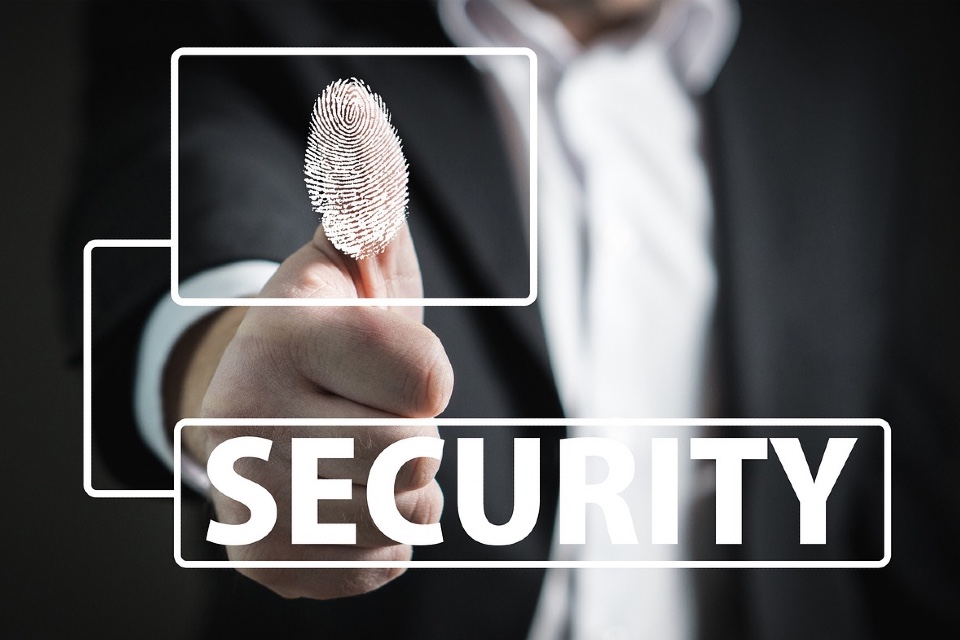By Johan Paulsson, CTO at Axis Communications
As we look to 2022 it’s clear that matching the ongoing pace of technological innovation to an equal evolution in building trust in the use of technology is imperative. Trust is becoming increasingly important for individuals, organisations, and legislators, so it’s interesting to see how many of our technology trends for 2022 can be linked to the need to build a trusted technology ecosystem, and ultimately a smarter, safer world.
- Connection across hybrid environments – To the end user, the architecture being used to deliver services has become invisible. Whether processing takes place on a device, local server or in a remote data centre, everything is connected. As a security solution vendor, it’s up to us to provide the tools and flexibility to help people decide on the best solution for their unique situation. Given that ‘connected’ has become the default, we do believe that most surveillance solutions will ultimately be hybrid; combining cloud, on-premise server and edge technologies.
- A new default for cybersecurity– While we foresaw the rapid acceleration towards Zero Trust network architectures a year ago, we now believe it to be a default approach. The Covid-19 pandemic has played a role here too, as flexible working has seen more devices connected remotely over the public internet. Taking a Zero Trust approach involves evaluating the security profile for each device each time it connects which has significant implications for the video surveillance industry, with various checks and validations moving from ‘nice to have’ to ‘must have’.
- Authenticate everything – The ability to establish the authenticity of video footage is fundamental. Tampering with video after it is captured, along with increased sophistication in creating manipulated images, means that we may see the authenticity of video surveillance footage being more regularly questioned. As this is an issue for the security industry as a whole it’s imperative that the sector aligns to standardise its approach, ideally based on open-source software and initiatives.
- AI becomes established and accepted – Many would also argue that AI is no longer a trend. Indeed, we’re all using and being exposed to valuable AI and deep learning-based services on a daily basis. Our view remains that technology in itself shouldn’t be regulated, but that legislation and regulation relating to the development and use of AI-based technologies and applications should be adhered to by every organisation employing AI. We expect to see a greater focus on initiatives to ensure that AI is being implemented ethically and without bias.
- COVID-19 as a catalyst – The long-term impact of the pandemic, from a business and technology perspective, is manifesting itself in a number of ways such as the use of low/no touch technologies at access points, and intelligent video solutions to ensure that social distancing and public health guidelines are being adhered to. The pandemic has also caused supply chain issues that have resulted in some businesses designing and manufacturing their own components. This is something that we anticipate more organisations doing in the security sector.
- 5G finding its place – For us, a new technology only becomes a trend when we start to see valuable use cases appear in the security and surveillance sector. This is starting to happen with 5G. While much of the hype around 5G has been focused on improvements in network performance for consumer applications, 5G networks show genuine potential for video surveillance solutions and could bring particular benefits from a cybersecurity perspective.
Finally, all trends should be viewed through the lens of sustainability. Sustainability can no longer be considered a trend. It needs to be embedded in everything we do: how we design and manufacture products, how we run our business, the performance of our suppliers – all aligned to reducing our environmental impact, and operating in an ethical and trustworthy way. Wherever a technology trend looks like presenting an opportunity, it needs to also be examined through the lens of whether it can be developed and brought to market in a sustainable way.





